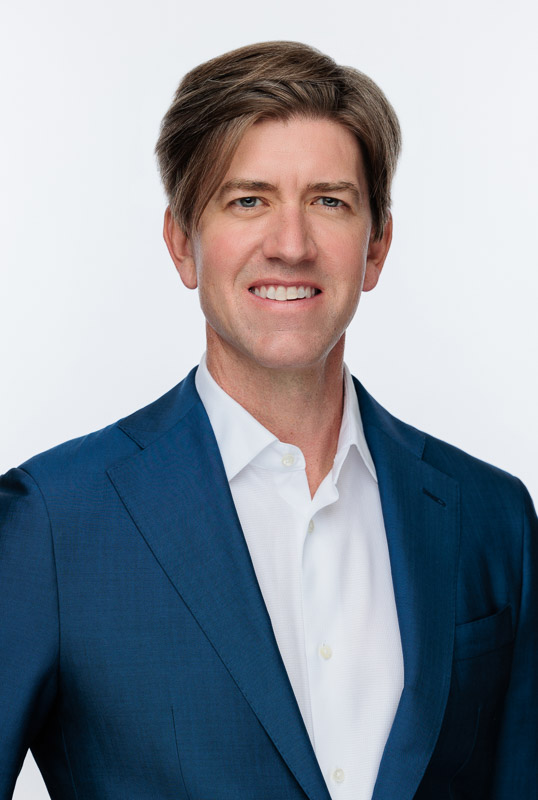By Dave Klumpe, President of Clinical Asset Management, TRIMEDX
The first quarter of 2022 brought heightened financial challenges for the nation’s hospitals and health systems. As labor shortages and global supply chain issues persisted, outpatient volumes struggled to recover in the wake of the Omicron surge.
The net result, according to healthcare management consultant Kaufman Hall’s monthly hospital report, was four consecutive months of negative actual median margins. The median change in operating margins in April was down 76% from the year-ago period.
The need for health systems to smartly manage expenses is evident. Comprehensive clinical asset management can yield both operational and capital savings while helping to ensure medical device and patient safety. While a robust, data-driven solution can yield valuable insights to guide decision-making, a practice often overlooked for clinical asset management accelerates the effort: establishing a structured, collaborative, and systemwide governance council.
Just as a hospital has a committee that brings together pharmacy and medical staff leadership to make decisions about the drug formulary, a clinical asset governance council can help the hospital make better decisions about what medical equipment is needed and who has decision-making authority over it.
Creating a governance council for medical device management is one of the most prudent things a hospital can do, particularly with such a pressing need to rein in expenses. About a quarter of health system capital expenditures are spent on medical equipment on average. A governance council serves as an agent of change in how a health system manages its clinical assets, but as we all know, change can be challenging.
How a governance council helps overcome problems
A medical device governance council is a governing body for strategizing clinical asset management. A council raises systemwide awareness of the importance of clinical asset management, approves key decisions involving equipment purchases and other expenditures, sets priorities, and enables ongoing support.
Research has shown that the adoption of governance councils in a health care setting can lead to significant positive outcomes, such as patient and staff satisfaction and enhanced staff empowerment and engagement.
Despite a hospital’s best intentions, problems arise in clinical asset management when who has the authority to make decisions is unclear and when roles toward implementation are undefined. The ambiguity surrounding who is responsible for what can leave the best recommendations on the table rather than adopted.
A council overcomes four critical hurdles to more efficient management of medical devices:
- The lack of goals and the means to measure progress. Equally problematic is the misalignment of goals among departments and hospitals systemwide. A governance council helps ensure that all stakeholders are on the same page by creating a disciplined, accountable process with defined outcomes.
- The lack of a collaborative management approach. Under a governance structure, committees representing each region of the health system can collaboratively define the scope of what is needed, promote adoption, and drive change. That approach helps eliminate the competing priorities of regional providers, which can create systemwide misalignment on how services and medical devices are managed.
- The lack of systemwide standardization. Disparate, decentralized clinical engineering programs, ranging from in-house solutions to original equipment manufacturers to independent service organizations, prevent a true understanding of the value of clinical engineering and leave a gap in accountability. A successful governance structure, on the other hand, unifies the approach. A system-level director of clinical engineering services is accountable for the program and drives decision-making. A single inventory of all medical devices across the system, empowered by a clinical asset management solution, tracks and forecasts performance, service needs, and costs for every piece of equipment. A systemwide practice of reporting on the value associated with clinical engineering initiatives raises awareness throughout the organization.
- The lack of clinical engineering program maturity. Medical device management should be proactive, not reactive. A reactive, break/fix mentality leads to unnecessary capital purchases and excess inventory as well as pricey and potentially unnecessary OEM maintenance contract agreements. A proactive mentality, on the other hand, relies on data to drive evidence-based, long-term capital planning that leverages heightened buying power. The proactive approach weighs repair history, parts availability, device use, device age, cybersecurity risks, and other factors in purchasing decisions versus one department head seeking a new device on anecdotal evidence alone.
Governance council best practices
When establishing a governance council, a few components are essential to ensure focus on goals, systemwide collaboration, and leadership and staff buy-in.
An executive oversight committee provides strategic direction, coordinates significant projects, and upholds accountability to meet the goals and key measures of success for performance improvement.
A systemwide steering committee helps ensure accountability on all programs related to clinical engineering, including the implementation of technology, the management of mobile medical equipment, and cybersecurity initiatives.
Region-level governance councils also help ensure accountability for operations and performance tracking.
Governance council benefits
Once a governance council structure is in place, goals are outlined, and key performance indicators are established, a health system will realize improvements in care and costs. Among them:
- Heightened quality and safety: Governance councils support consistent regulatory standards, develop cybersecurity protocols for network-connected devices and establish lean processes for managing medical device inventories.
- Improved financial health: Health systems can reduce or delay capital expenditures and reduce operating expenditures by deploying medical devices across a system to meet the individual demands of each region while avoiding the purchase of excess inventory.
- Enhanced patient experience: Better management of medical devices means increased device availability for timely delivery of care.
- Team member experience: Clinical staff will worry less about the availability of medical devices and spend more time directly providing patient care.
A data-driven, evidence-based approach to clinical asset management can yield operational and capital savings when hospitals and health systems need it most, but to achieve the greatest value, the health system needs to embrace a cultural change in how it manages its clinical assets. A governance council can usher in that change through informed decision-making, holding teams accountable to measurable goals, and raising top-of-mind awareness of the importance of systemwide clinical asset management.
Editor’s Note: About Dave Klumpe: Dave Klumpe is the president of clinical asset management for TRIMEDX. In this role, he leads TRIMEDX’s clinical asset management business unit including Clinical Asset Informatics, clinical asset management strategic advising, Mobile Medical Equipment management services, and surplus equipment disposition & auctions with Centurion Services Group.
Prior to joining TRIMEDX, Dave served in leadership roles at MedAssets and Broadlane where he created and led the development of a suite of supply chain management and technology services for several of the nation’s largest health care providers. He has more than 30 years of leadership experience with large, multi-hospital investor-owned and not-for-profit hospital systems.




